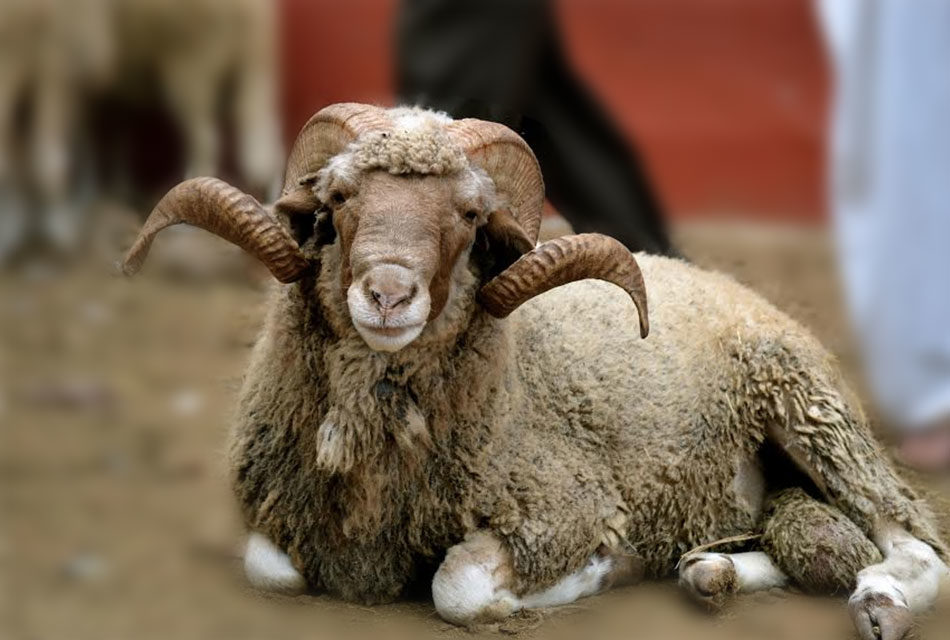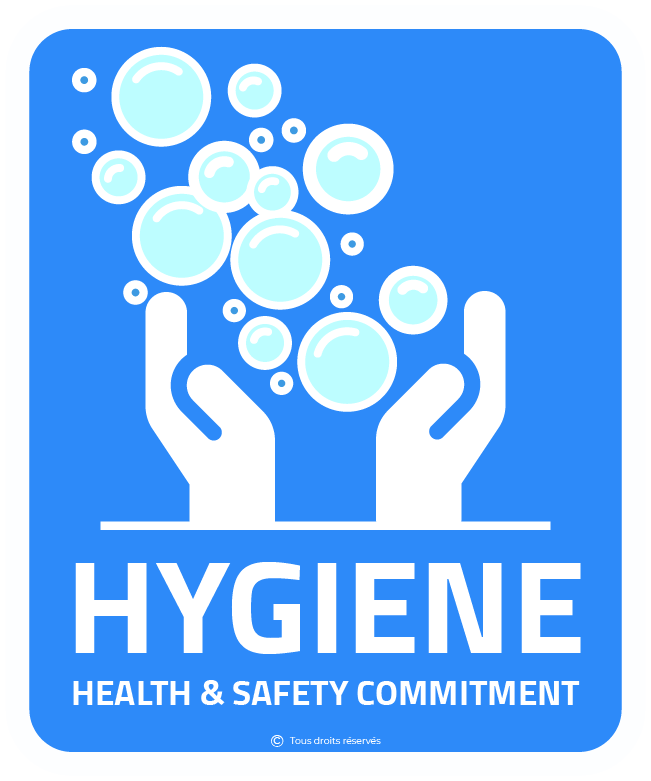Eid Al Adha In Morocco
The Eid Al Adha in Morocco (Eid El Kebir) is one of our most important festivities of the year. Eid Al Adha means “Feast of the Sacrifice”. But also sometimes called Eid al Kabir, meaning “The Big Holiday”, due to its importance. The basis of the holiday is the Koranic tradition of prophet Ibrahim being willing to sacrifice his son Ismail but then stopped by a voice from heaven. A sheep was offered by Allah, which was then sacrificed instead.

Eid al-Adha is one of two main Islamic holidays. Therefore, feasting and visiting friends and family are integral to the celebration. Though In practice, Eid al-Adha today functions something more like a multi-day Thanksgiving…. With lots of eating!
In the week or two leading up to Eid. It’s common to see sheep hauled home via motorcycle or cart, or perhaps in the open trunk of a car. Temporary shelters, sometimes referred to as “sheep hotels,” will be set up in parking lots, city garages, or on empty lots for the sale and care of sheep until the day of Eid.
The Day of Eid:
The Eid prayers are offered at the local mosque, and participants usually dress in their best clothing for the big ceremony. After Eid prayers, it is common to visit friends and family so we can share breakfast together. The Eid time is a joyous time, and all you see is smiling faces and happy chatter. Families either convene for the slaughter or do it individually at their own homes.
In Morocco, young men will obtain an animal to slaughter for Eid al-Adha. Often a sheep or goat but sometimes a cow or even a camel (mostly in the Sahara part). We have basic strict rules on how to do the sacrifice, on what quality of animals qualify, and on how to dispose of the waste. As the third of sheep should be given to the poor.
The Special Meals of Eid al-Adha:
Every Muslim country and culture has its own traditions that surround Eid al-Adha along with delicious recipes special for the feast. Sweets and cookies are prepared in advance for the holiday and new clothes and traditional costume are purchased for the children.
It’s our Moroccan tradition to prepare organ meats such as liver and heart on the day of the slaughter. Next days include more meat-intensive dishes “such as Mechoui (Moroccan Style Barbecue), steamed sheep’s head, and Mrouzia (Sweet and salty meat Tajine with a special spice blend)” , that might be not affordable at other times of the year.
Most Arabs tend to use every part of the animal. There are special dishes in which we use the head, tail, intestines, stomach, and feet. Even the brains, fat, and testicles don’t go to waste.
The Boujloud Festival:
The Boujloud tradition is deeply rooted in our Berber tradition. Taking a place several days after Eid al Adha and is mostly found in southern Morocco as an entertainment for children. The name Boujloud translates to “the father of skins”, and it refers to the weird costumes worn mostly by young men during the spectacle.
Generally speaking. Eid Al Adha in Morocco is our time of great joy. Our families and friends come together, often from out of the country. Smiling faces are everywhere. And for travelers, it is an exciting time to glimpse into a special time of year, to take part in the ambiance of the more traditional cultural aspects of Morocco. And to come away with an incredible experience.
Loubna El Bouchikhi,
Experience Coordinator at Palais Amani


